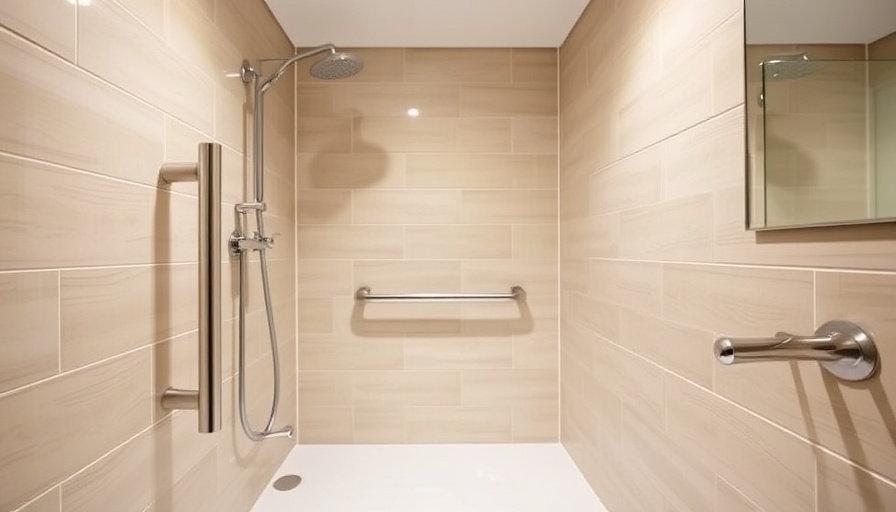
The Essential Guide to Bathroom Safety Rails in Ocean County
Ensuring safety in bathrooms is increasingly vital as we age, particularly for homeowners in Ocean County, where the demographic skews older. Recognizing the risks associated with slippery bathroom floors, necessary modifications become paramount. This article serves as a comprehensive guide that leads you from basic planning to the final installation of safety rails, enhancing the safety and accessibility of your bathroom.
Why Bathroom Safety Rails Are a Must-Have
Bathroom accidents account for a significant percentage of injuries among the elderly and those with mobility challenges. Installing bathroom safety rails addresses these issues directly. Not only do they provide essential support, greatly reducing the risk of falls, but they also empower individuals to navigate their daily routines with greater independence. Residents of Ocean County, where many families aim to ensure their loved ones’ well-being, are increasingly opting for these installations to elevate their home safety standards.
The Multifaceted Benefits of Bathroom Safety Rails
Investing in bathroom safety rails is more than a precaution; it is an opportunity for enhanced quality of life. These rails can be both functional and stylish, with designs that complement a variety of bathroom aesthetics—from compact spaces to expansive luxury bathrooms. Homeowners are finding that these safety features do not detract from decor but rather enhance it. Additionally, they are easy to install, allowing homeowners the flexibility to either hire professionals or take the DIY route.
Considerations When Selecting Safety Rails
Choosing the right safety rails involves critical assessment of the user’s needs. Are they elderly, recovering from an injury, or living with a disability? Such questions should steer decisions toward the appropriate type and design of rails. Furthermore, material selection is pivotal, with options like stainless steel and bacterial-resistant materials offering durability and practicality in damp settings. Color and style should not be neglected, as aesthetic compatibility can transform safety rails into a seamless part of the bathroom design.
Planning Installation: Measurements and Considerations
The planning phase is essential to ensure the success of your installation. Accurate measurements of the intended height and layout for the rails are critical. Safety guidelines recommend that rails be placed at a user-friendly height, tailored to the physical requirements of the individual and the specific bathroom layout. By taking these steps, safety rails can be positioned for optimal use.
Real-Life Success Stories: How Safety Rails Improve Lives
Across Ocean County, homeowners report transformative experiences following the installation of bathroom safety rails. Stories abound of elderly family members regaining confidence and mobility after the simple yet impactful addition of these safety features. Such improvements not only enhance day-to-day living but also reduce the stress and worry associated with potential accidents.
Frequently Asked Questions About Bathroom Safety Rails
1. **How do I choose the right safety rail for my bathroom?** Consider the user's specific needs, including height, grip strength, and the design of the bathroom. Seeking professional advice can also guide you to the ideal solution.
2. **Are safety rails easy to install?** Yes, many homeowners find they can tackle this project as a DIY effort with basic tools. However, hiring a professional is always an option for more intricate layouts.
3. **What materials are best for bathroom safety rails?** Stainless steel is popular for its durability and resistance to moisture, while bacterial-resistant rails offer added protection in a high-humidity environment.
Take Action: Transform Your Bathroom Today!
If you are considering upgrades to improve bathroom safety, don't wait any longer. The benefits of installing safety rails in your home are numerous and can significantly enhance not only safety but also peace of mind. Whether you opt for a professional installation or take on this DIY accessibility upgrade yourself, the time to act is now. Your loved ones will thank you for the increased safety and independence.
 Add Row
Add Row  Add
Add 




Write A Comment